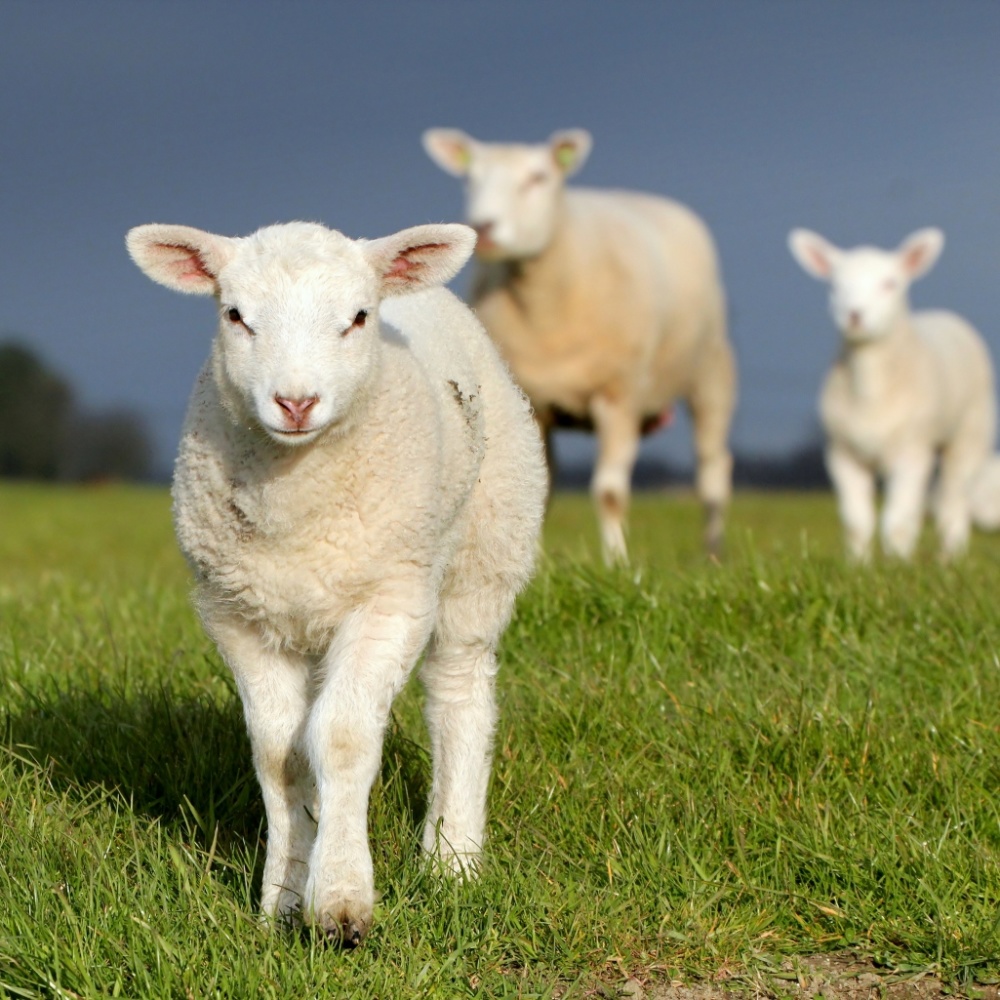Inject subcutaneously in the side of the neck. The recommended site for injection is high on the neck, behind the ear.
Sheep and Goats (All ages):
Administer a primary dose of 1 mL with a second dose of 1 mL given 4 weeks later. The first dose should not be given to lambs before three weeks of age as young lambs are less likely to develop protective immunity to CLA. A booster dose of 1 mL given 12 months after the two basic doses should confer lifelong immunity against tetanus, blackleg and malignant oedema, but may not do so against enterotoxaemia (pulpy kidney), black disease or caseous lymphadenitis. All animals should receive annual booster doses to control caseous lymphadenitis. Goats require regular revaccination at six-monthly intervals to maintain effective immunity against enterotoxaemia. Sheep may require annual booster doses to maintain effective immunity against enterotoxaemia and black disease in areas where the risk of these diseases is known to be high. Where possible, booster doses should be given prior to the time of maximum risk, for example transfer to lush pasture or grain feeding in the case of enterotoxaemia.
Pregnant ewes and does:
If the animals have not been previously vaccinated, 1 mL should be injected at the time of mating and a second dose of 1 mL should be given up to four weeks before the expected date of birth. If the ewes/does have been previously vaccinated, the dose at the time of mating may be omitted. Successfully vaccinated pregnant ewes and does will not only be protected themselves, but will also pass on immunity to their lambs and kids in the colostrum or ‘first milk’. In this way lambs and kids should be protected for the first six to eight weeks of their lives. In heavily CLA infected flocks, maternally derived immunity may interfere with response of lambs to vaccination against CLA before 10 weeks of age.
Glanvac 6 has been fully tested and found to conform to accepted standards of potency, safety and sterility, but it must be stressed that correct vaccination procedure in the field is equally important if secondary infection is to be prevented. This may lead to losses of stock, but fortunately is of rare occurrence. As the above factors are beyond the control of the manufacturer except to the extent of any liability imposed by statute law without right of exclusion, Zoetis cannot accept responsibility for any disability or loss of stock following vaccination in respect of failure to use the correct vaccination procedure described on the label or disability or loss to any animal caused by the product. Black disease occurs as a sequel to liver fluke infestation and deaths can result from this cause also. The use of Glanvac 6 to prevent black disease does not protect against losses caused by liver fluke.
Unused vaccine may be stored and used for up to 30 days after first opening. On each subsequent reuse, swab the opening with a suitable disinfectant (for example, methylated spirits) both before and after using. A sterile needle and syringe must be used each time product is removed.
Withholding periods:
Meat: Nil Milk: Nil
Store at 2–8°C (refrigerate; do not freeze). Protect from light.


 Sheep
Sheep